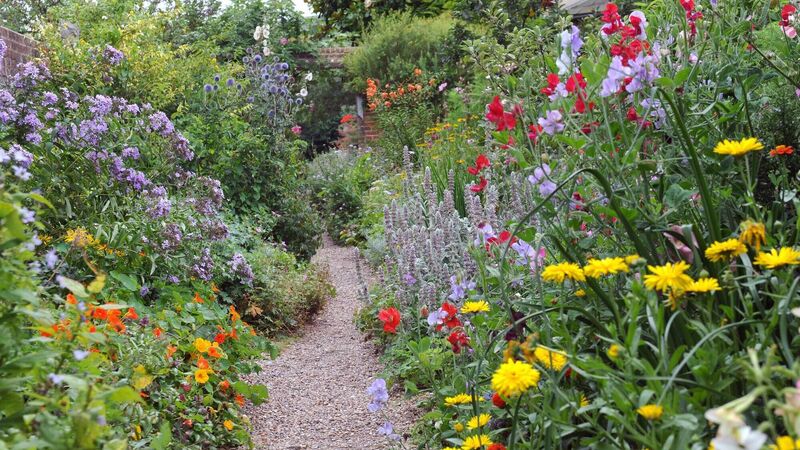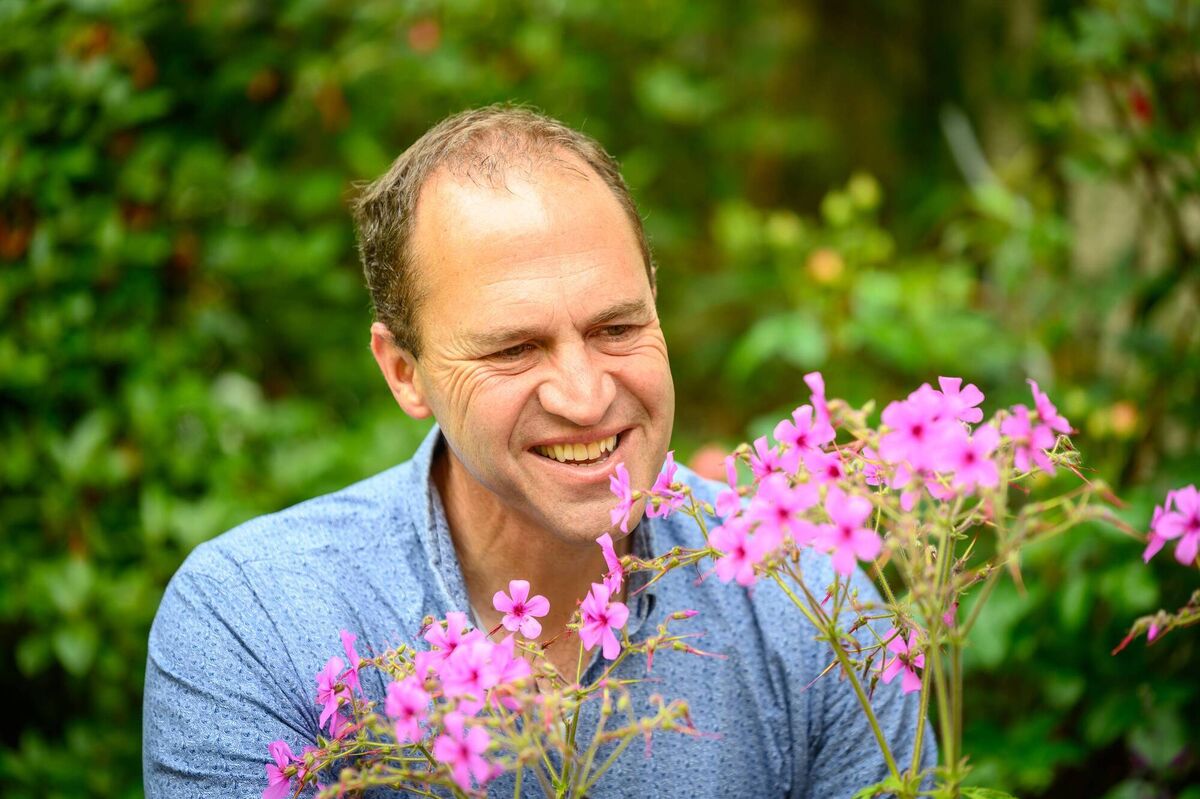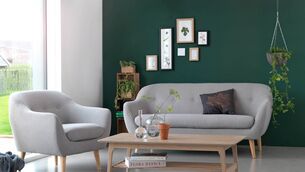Peter Dowdall: How to create a low-maintenance garden this summer

A beautiful, informal style of planting can be left to nature to maintain and will enhance biodiversity as well as looking quite beautiful all year long. Picture: iStock
Do you hanker after the elusive “low maintenance” garden? Do you love being out there pulling weeds and cutting back plants or is it a chore that you struggle to find time for?
It may surprise you to learn that one way to reduce maintenance is to leave it to nature. I’m not talking about re-wilding as many of us don’t want our suburban or urban plot to be too unkempt, allied to the fact that many of us have to fit a lot into a relatively small space.
Smaller gardens often need to find space for bins and utility areas, kids' play centres and trampolines, raised beds for veggies and herbs, a lawn for playing, paved areas for outdoor living, areas for composting and of course a tree or trees for the essential hammock, for all that relaxation time.
It's quite a lot to fit into small spaces and so re-wilding isn’t always a feasible option in these areas.
Nor am I talking about creating a wildflower garden in the true sense of the term. No, what I mean by leaving it to nature is to create an area of planting or a bed and once installed, it can be left to nature in terms of maintenance, self-seeding and growth from year to year.
I won’t use the term “zero maintenance” to describe it but certainly, it can be very low maintenance needing some attention, perhaps only once or twice a year and when you compare that to a lawn, which is the largest element of most peoples gardens which needs attention once a week, then these, naturalistic-style garden areas begin to look really, rather attractive.
That’s not to say that I mind being out in the garden maintaining it — actually I love it — but of course, like so many, finding that most precious commodity of all, time, isn’t always easy.
Aesthetically too they are more than rather attractive but really, beautiful all year round.
To create such a garden takes a bit of work initially, but don’t look upon this as a chore but rather a really enjoyable task of picking which plants to use and where to position them.
Think of elements such as colour and texture.
When it comes to colours and combinations of different tones, you can create a vibrant, showy garden using contrasting colours such as Salvia ‘Caradonna’ mixed with Rudbeckia ‘Goldsturm’ or a softer, more calm and relaxed atmosphere using complementary colours of the same tone such as a pink oriental Poppy mixed with Echinacaea purpurea.
However, when it comes to texture, look for plants which offer different leaf shapes and forms and perhaps movement.

I love to use grasses in any planting that I do. On their own they may not look like much, but when used correctly, they can lift a garden from being “ok” to superb. A planting of punctuation mark, Buxus sempervirens domes or similar, dense evergreen shrubs, mixed with some Deschapmpsia cespitosa, Stipa tenuissima or perhaps my favourite of all the lower, ornamental grasses, Chinolochloa rubra, begins to come alive.
Mix in some White Narcissus Thalia, Tulip Spring Green and alliums, perhaps ‘Mount Everest’, ‘Gladiator’ or ‘Ambassador’ and now you have the contrasting textures, providing year-round interest and the bulbs bringing life and colour from March-June.
Add in some perennials for late summer colour, perhaps a single-form Dahlia or the mauve Verbena bonariensis and you will have continuity of colour into the autumn.
The buxus or whatever dense shrub that you choose to use is evergreen and will thus offer a presence all year round and the bulbs and perennials will keep the garden changing with the seasons, each group breathing new life during the different times of the year.
The verbenas, along with other late spring and summer bloomers such as aquilegias, eryngium, papaver and verbascum are good self-seeders, meaning that you will always have them in the garden and whilst the original plant may be short lived and die off, their offspring will be omnipresent. This is what I mean by leaving it to Nature, she will decide where the seedlings should emerge creating a beautiful, natural, informal effect.
Though the perennials and herbaceous grasses will die off as the temperatures drop and daylight hours reduce towards the end of the year, that is not to say that the garden will lack interest.
Many of the grasses and in particular, miscanthus, molinia and panicum will stand proud during the winter months but now straw-like in colour. The perennials too, though finished flowering for the year can also look equally as beautiful in the frost-covered gardens as they offer their seeds to birds and other beneficial wildlife in the garden.
When planting, it’s advisable to plant quite densely so that the area will establish relatively quickly and also crowd out any opportunity arising for undesirable weeds to colonise. The trick, post-planting is to mulch the garden well, using a fine composted bark mulch or even nice ornamental gravel.
Ensure that you mulch to the correct depth, about 7cm-10cm or three-four inches. This will prevent weed growth and help water retention in the root zone during the summer months.
Maintenance then is really limited to some cutting back once or maybe twice a year, for some in late autumn and others, in early spring, not what I would refer to as high-maintenance.

Got a gardening question for Peter Dowdall? Email gardenquestions@examiner.ie










